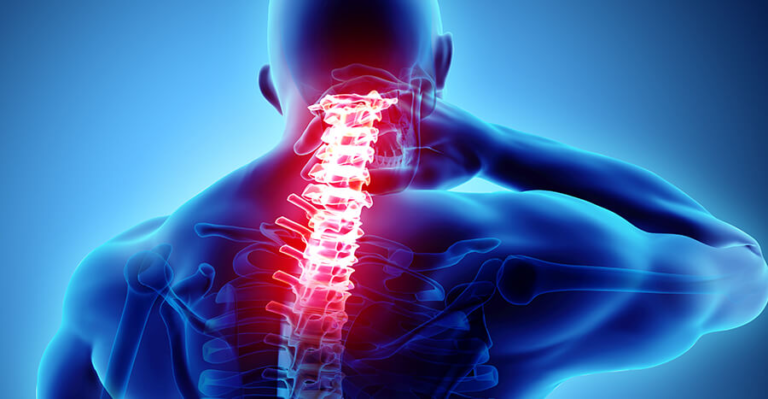
What a pain in the neck! If you are the target of such a comment, then know that you are “not too awesome” to be around. When you have neck pain, you quickly come to realize how much your neck does for you. It has the hard job of supporting your head all day. No small task considering the average head weighs between 9-15 pounds! Also, any weight that you hold in your hands or carry in your arms is transmitted up through your shoulders, into your neck, down your spine, distributed into your legs and to the ground. So, there is not too much you can do without the help of your neck. The pain can range from stiff to severe to the point of tears.
It may seem strange to say, but the pain and inflammation that is causing your neck to hurt is actually a protective mechanism in your body. The pain prevents you from further irritating the inflamed tissue and potentially inflaming it further. But you still have to carry that head around. No getting around that. And while inflammation stinks because it creates the pain, it lays the groundwork for healing with fibrous scar tissue.
The medical approach to neck pain could be recommending over the counter anti-inflammatory medications, prescription anti-inflammatories, muscle relaxers, pain medication, a prescription for physical therapy, and perhaps steroid shots. All of that failing, surgery is often recommended. The tragedy in the medical approach, aside from the side effects of the medications, is that since the treatment is targeting symptoms only and doesn’t address the root cause, it allows the situation to get continually worse over time. Unfortunately, this approach will ultimately necessitate surgery.
When there are subluxations in the neck, the normal motion of the joints is affected. This abnormality in motion produces a lot more stress on joints, discs, muscles and nerves. The body’s response to the stress is to create inflammation. The inflamed joints, discs, muscles or nerves become painful.
Of course, the initial approach should be focused on identifying the involved tissues and reducing inflammation. Then, gentle adjustments to the spine are in order to move toward the restoration of normal motion. Normal motion effectively reduces the inflammation and the cycle is broken. The muscles can then relax. Adjustments should continue, to promote as much normal motion as possible and restore optimal joint positioning and muscle function.